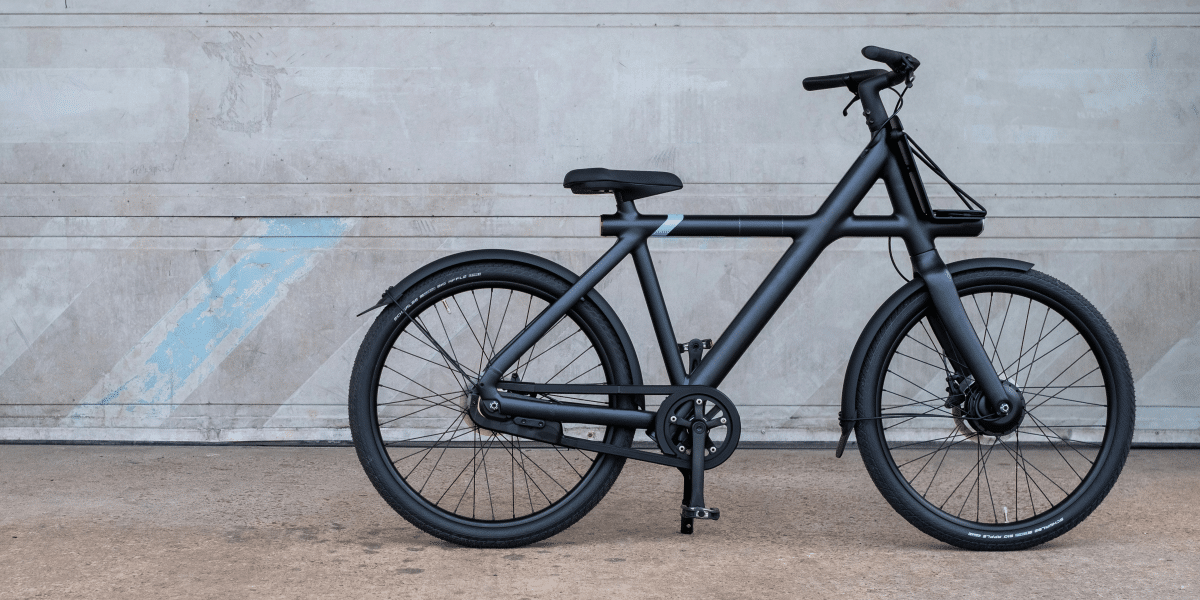Electric bikes offer convenience to commuters, fitness enthusiasts, and anyone looking to reduce their carbon footprint. In this article, we’ll explore what e-bikes are, delve into how they work, and discuss how to tune their motor power and what types it is. Let’s read on together!
What is an Electric Bike?

At its core, an e-bike integrates an electric motor with traditional bicycle components to assist with propulsion. Unlike traditional bicycles that only rely on pedal power, electric bicycles use motors to enhance the strength of the rider, making it easier to climb hills, accelerate, and travel longer distances, providing us with more convenience.
How do E-bikes Work
At the heart of an electric mountain bike are the motor, battery, and control systems, which work in harmony to provide power assistance when pedaling. We’ll look at how they power the bike.
Motor: The motor is essential to provide the necessary boost to your pedaling efforts, making your ride smoother and easier.
Batteries: Batteries store electrical energy to power the motor. Modern e-bikes feature lithium-ion batteries and are designed to be efficient, durable and lightweight. The capacity of the battery determines not only the range of the e-bike but also whether it is suitable for long or short commutes.
Control System: The control system acts as the brains of the e-bike, allowing the rider to adjust the level of motor assistance via a handlebar-mounted display. This feature enables riders to customize their riding experience, from minimal assist modes that mimic traditional riding to more robust support for effortless cruising.
How to Adjust Motor Power
E-bikes typically come with three to five levels of assistance selectable via a controller, providing varying demands from a gentle push to powerful power for tackling steep climbs. In addition, some e-bikes feature a “boost” button that briefly increases power output, as well as a walk-assist mode for convenience when pushing.
Assist levels can be adjusted while riding, including the option to turn off the motor completely and ride with only pedal power. Even though the motor is designed to be drag-free when it’s off, there’s still the extra weight of the bike that needs to be overcome when riding.
What is the range of an electric bike
E-bike ranges typically range from 20 to 100 miles (approximately 32 to 160 kilometers). The range is affected by several variables, including battery capacity, motor efficiency, rider weight, terrain and the level of pedal assistance used.
Battery Capacity: Measured in Watt-hours (Wh), battery capacity is the primary determinant of an e-bike range. A larger battery can store more energy, providing a longer range.
Riding Conditions: Terrain and weather conditions have a large impact on the riding range. Hilly terrain and headwinds require more power to maintain speed, reducing overall range.
Rider Input and Weight: The amount of pedal assist and rider weight also play a vital role. Riders apply more pedal force to extend range, while heavier loads require more power to move, reducing range.
Understanding these factors helps passengers manage their expectations and plan their routes accordingly, ensuring they reach their destinations even if their batteries run out.
What are the Categories of Electric Bicycles
Electric bicycles are categorized based on their motor’s power activation and speed. This classification helps consumers and regulators differentiate between e-bikes designed for various purposes, from leisurely rides to more aggressive off-road use.
Pedal-Assist
Are equipped with a motor that only provides assistance when the rider is pedaling and ceases to assist at speeds above 20 mph. These bikes are ideal for those looking for a gentle boost to their riding efforts, making them perfect for commuting and recreational riding on bike paths.
Throttle-Assisted
Feature a throttle that can engage the motor without pedaling, offering assistance up to 20 mph. This class is suited for riders who may need a break from pedaling, allowing for easy cruising on flat surfaces or an assist on difficult terrains.
Speed Pedelec
Are pedal-assist bikes but with a higher speed limit, providing assistance up to 28 mph. These bikes cater to more experienced riders and are often equipped with additional safety features like a speedometer and integrated lights for safer high-speed commuting.
How to Choose an Electric Bicycle

Choosing the right e-bike requires considering your needs, preferences, and riding conditions. Here’s how to narrow down your choices:
Determine your needs
Evaluate what you’ll need your electric bike for: commuting, off-road adventures, or casual riding around the neighborhood. Your primary use cases will guide you in deciding which e-bike types and features are important to you.
Consider battery and range
Consider battery size and expected range based on your typical riding distance. Make sure the e-bike can handle your longest planned rides and be prepared for unexpected detours.
Test drive different models
Test riding different models can help you get a feel for what various ebike categories, motor types, and assistance levels feel like. Pay attention to how the bike handles, how comfortable it is to ride, and whether the motor assist suits your riding style.
Budget and after-sales service
Finally, consider your budget and the availability of after-sales service. Investing in a high-quality e-bike from a reputable brand with good customer support can help you avoid future troubles.
By understanding the nuances of e-bike ranges, categories and selection criteria, you can choose the perfect e-bike for you.
Summary
Electric bikes combine traditional bicycles with electricity to power the rider through an integrated motor and battery system. These bikes work by providing motorized assistance to the rider’s pedaling power, which can be adjusted for varying degrees of support. There are several types of e-bikes, including pedal-assist, throttle-on-demand and speed e-bikes, each designed for different riding preferences and regulations.
Published by: Martin De Juan



















